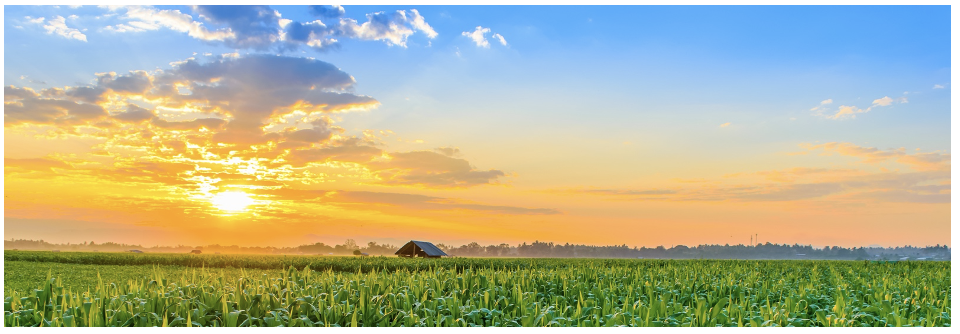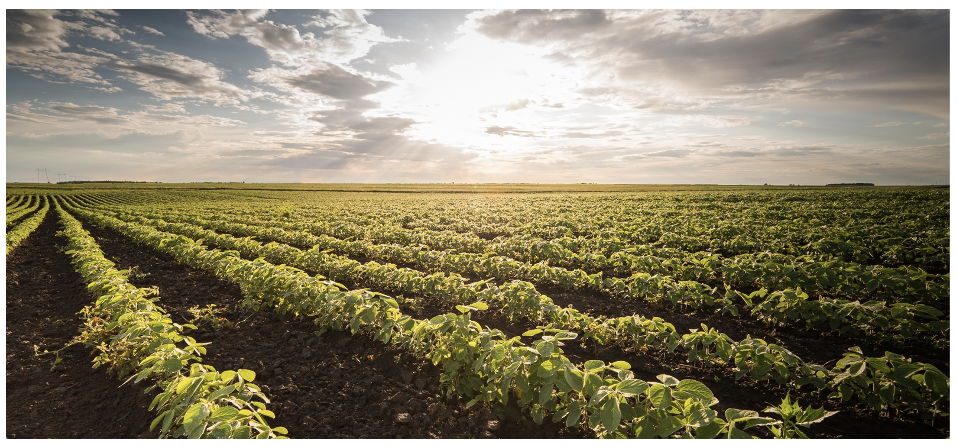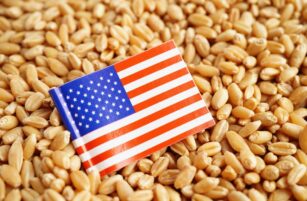
Forecast
We’ve increased our 2020/21 average price forecast (Sep/Oct) to a range of 4.2 to 4.6 USD/bu for Chicago Corn. Our previous estimate sat in a range of 3.4 to 3.8 USD/bu. The average price since the beginning of the crop (Sep/Aug) is running at 4.135 USD/bu.
Market Commentary
Corn, Wheat and Soybeans have rallied in all markets after a bullish WASDE.
Chicago Corn is now comfortably trading above 5 USD/bu, Soybeans are above 14 USD/bu and Wheat is heading for 7 USD/bu. European values are above 200 and 225 EUR/mt for Corn and Wheat respectively. Wheat might even trade higher as Russia, having already set a tax on Wheat exports, seems willing to increase the tax in an effort to cap local prices.
Last Tuesday’s January WASDE surprised the market and was bullish for Corn, Soybeans and Wheat. All grains rallied in the US, Europe and Brazil, despite a stronger Real.
US Wheat stocks were cut to 26m bushels, due to higher local consumption. Production was unchanged at 1.826b bushels. The world’s wheat ending stocks were also cut by 3m tonnes with minor changes to production estimates, mostly due to higher consumption.

European Wheat rallied to an eight-year high as Russia prepares to up its export tax. The existing tax of 25 EUR/mt, set back in November, could reach 45 EUR/mt with the new proposal. Russia has also proposed a 25 EUR/mt tax on Corn exports.
Elsewhere, the WASDE made changes again to Corn’s 2019/20 supply and demand picture, with 76m bushels of higher feed consumption lowering ending stocks by that same value. The 2020/21 supply and demand picture saw large cuts to yields, from 175.8 bpa to 172, leading to production cuts of 325 bushels. This was partially compensated for by 50m bushel feed demand reductions, 100m bushel ethanol usage reductions, and 50m bushel export reductions. Corn ending stocks were reduced by 150m bushels at 1.552b bushels (or 10.6% stock-to-use). This stock level justifies an average price of around 4.5 USD/bu.

The world’s Corn ending stocks were cut by 5m tonnes due to both lower production and lower consumption. Besides the US’ lower production, Argentinian production was also cut by 1.5m tonnes to 47.5m tonnes. Brazilian production was cut by 1m tonnes to 109m tonnes too.
The US’ Soybean supply was reduced by 35m bushels, which was partially compensated for by higher imports. Demand was increased by 21m bushels. Ending stocks were down 35m bushels, meaning the outlook remains bullish for Soybeans,
The perfect bull story is building around grains. Corn was initially a follower of Soybeans, but it has now its own story. Wheat also seems to be heading its own way, with Russia’s (wrong) use of an export tax willing to control inflation.

The most significant driver for Corn and Soybeans is China’s increasing demand. Other driving factors include lower US production, as published in last week’s traditionally neutral January WASDE, and also the continued weather risk in South America, which is still suffering from a lack of rainfall.
China reduced its pig herd by 60% back in 2018 in an effort to curb the outbreak of the African Swine Fever. Last week, CASDE – China’s USDA equivalent – said its pig herd had already recovered by 90%. The demand for pork has increased as a result. Last week, China officially forecast 10m tonnes of imports in 2020/21, but some think these could climb as high as 30m tonnes. China has repeatedly said that it’s working towards Corn self-sufficiency, so we don’t think a 30m tonne import program makes much sense.
Then, we have the rain deficit in South America, which is a worry for the Soybean and Corn already planted. This is also a worry for Brazil’s second Corn crop, which is due to be planted once the Soybean is harvested.
This fundamental story, together with low interest rates, the cheap Dollar and the expensive stock market, has attracted spec funds as well as hedge and index funds, which together are holding the largest net long position in the last eight years.
The bull story is here to stay for some months. We may see some profit taking, but the downside risk should be limited.

Other Opinions You Might Be Interested In…














